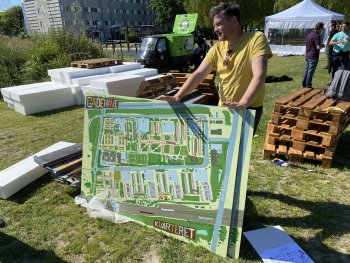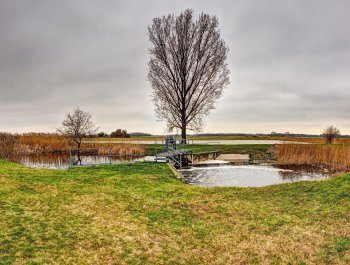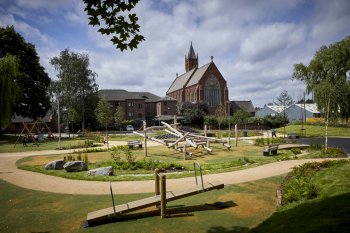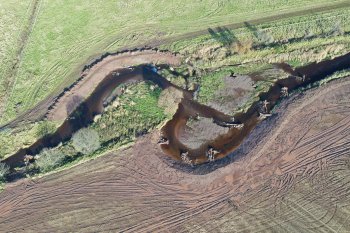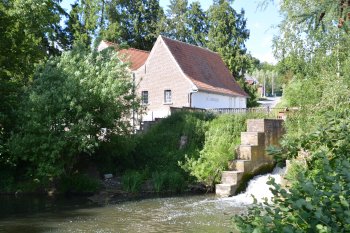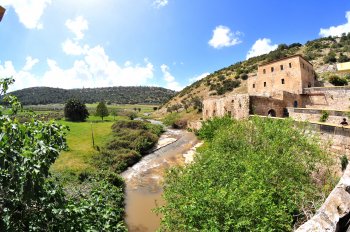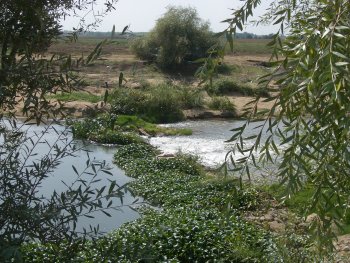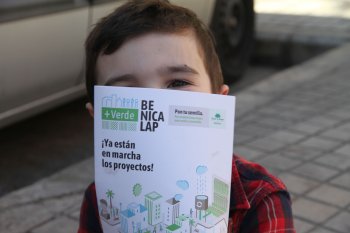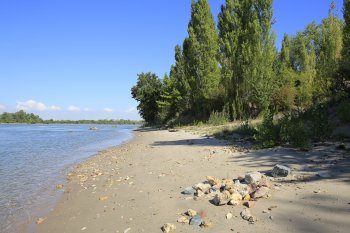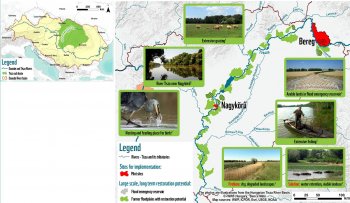Co-Creation of an URBiNAT Healthy Corridor for Høje Taastrup, Copenhagen
Høje-Taastrup Municipality is a follower city in the URBiNAT project. The municipality is sharing its urban regeneration experiences with other cities as well as learning best practices that will reinforce the implementation of the ongoing plans. Within URBiNAT Høje-Taastrup wish to explore the likely facilities to be developed and sustained on the ground where a new Community House is to be built, a passage between the Gregersens Quarter and the station and the linkages to a park which will be developed in the coming years during the refurbishments of the area (see photo). The...

